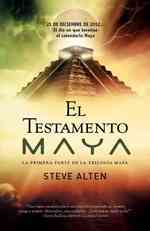Full Description
For much of the post-war era, the substance and scope of international security was defined by the parameters of the Cold War. But the end of the Cold War has created a new global context. This book seeks to map out the nature of post-Cold War security by exploring the patterns of international conflict, weighing non-state challenges to security, examining inter-state cooperation in the security field and evaluating the security dynamics of the Asia-Pacific region.
Contents
Acknowledgements Abbreviations About the Contributors Introduction: Security in a Post-Cold War Context; R.G.Patman Security in the 1990s: New Zealand's Approach; D.McKinnon The Future of War; M.van Creveld The Role of Military Force in International Security; M.Quinlan UN Peacekeeping and the Use of Force: No Escape from Hard Decisions; M.Berdal Whose Security? Re-imagining Post-Cold War Peacekeeping from a Feminist Perspective; D.Otto Fighting for Survival: Environmental Decline, Social Conflict, and the New Age of Insecurity; M.Renner Geoeconomics in American Foreign Policy; W.R.Mead Achieving Nuclear Weapon Non-Proliferation and Non-Possession: Problems and Prospects; J.Simpson Nato Expansion and the Russian Question; P.Shearman Defence by Other Means: Australia's Arms Control and Disarmament Diplomacy; R.Thakur Korea and East Asian Security into the 21st Century; B. Ahn Moving Toward a More Secure Asia-Pacific: A Chinese View; J.Yang Asia-Pacific Security: A New Zealand Viewpoint; T.O'Brien Reflections on Security; B.Harland Index








